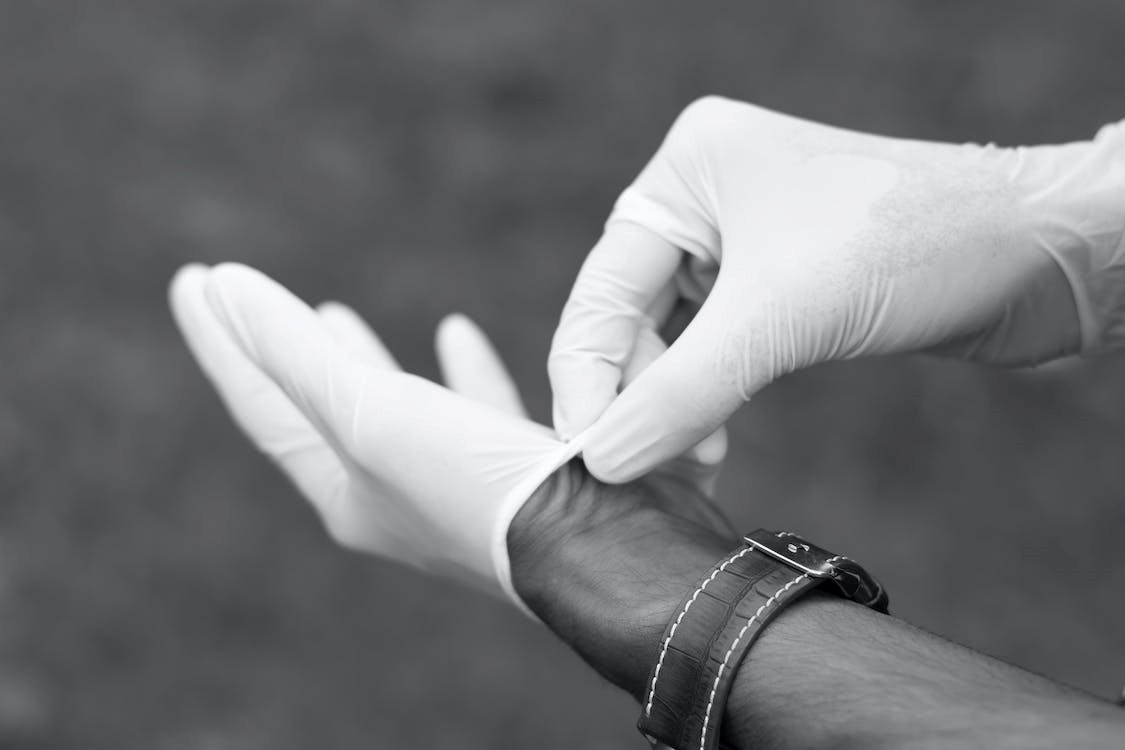How to Manage Medical Waste
6/29/2023

Waste management is an essential part of healthcare since it protects the health workers, the public health, and the environment from the effects of improper handling. Some certain guidelines and practices need to be followed when managing medical waste, as explained in this article.
Segregation and Containerization
Since medical waste is comprised of many types of waste, there is a need for proper segregation. This is usually done in separate containers, with each taking in a different type of waste, such as sharps or pathological waste. Clear labeling and color coding of the containers is highly emphasized.
Safe Handling and Storage
For safe handling, healthcare workers require specialized training to minimize infections and injuries. Safety measures such as wearing gloves and PPE are employed. A specialized location is set aside to store medical waste before it is treated and transported to landfills.
Compliance With Regulations
Healthcare facilities must adhere to the local and national regulations for medical waste management. Compliance, in this case, includes proper labeling, storage, transportation, and use of licensed waste management providers.
Appropriate Treatment and Disposal
Before being disposed of, medical waste must undergo proper treatment through various methods such as autoclaving, incineration, microwave treatment, and chemical disinfection. Treatment reduces the volume of waste and also inactivates pathogens. After treatment, the waste can be disposed of in designated landfills or through the appropriate and licensed waste management companies.
Final Thoughts
Managing medical waste is a long and worthwhile process. Following the proper guidelines for handling medical waste is a key step in achieving a responsible society and a clean environment.
